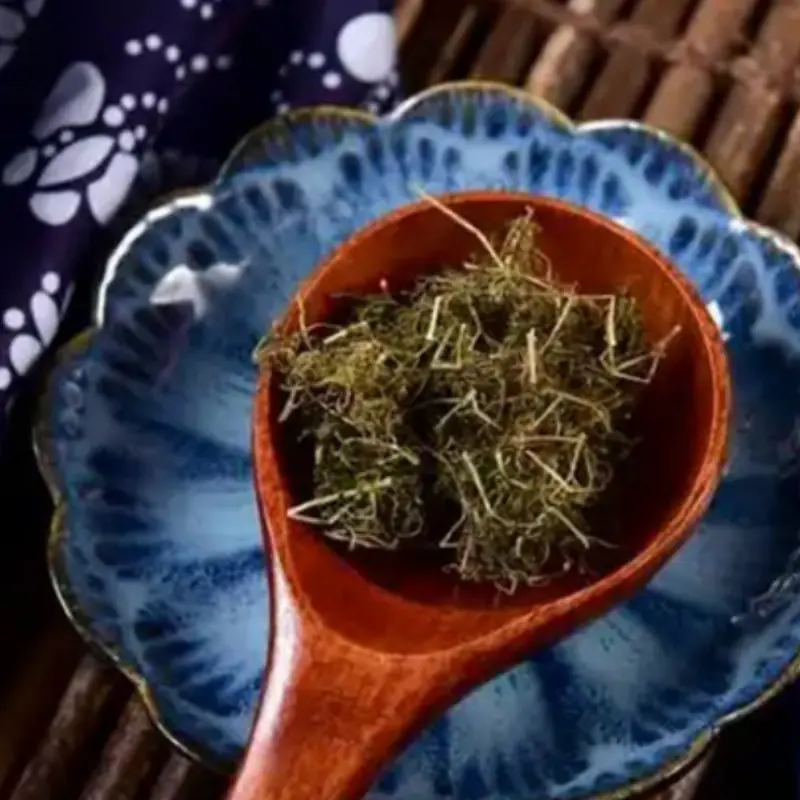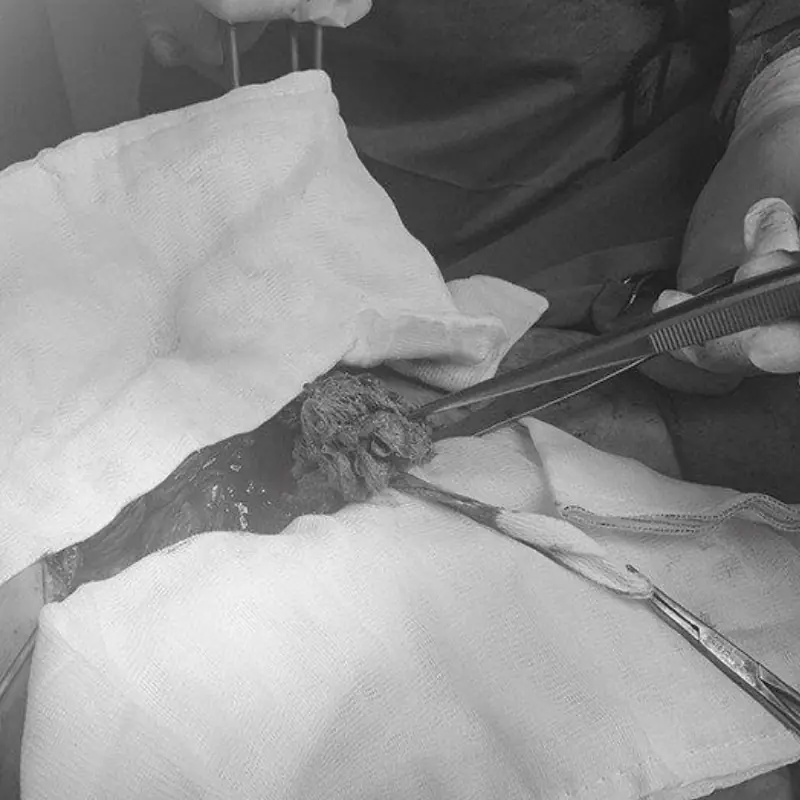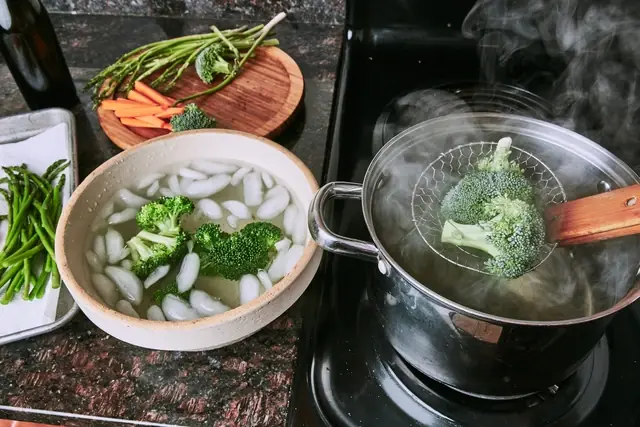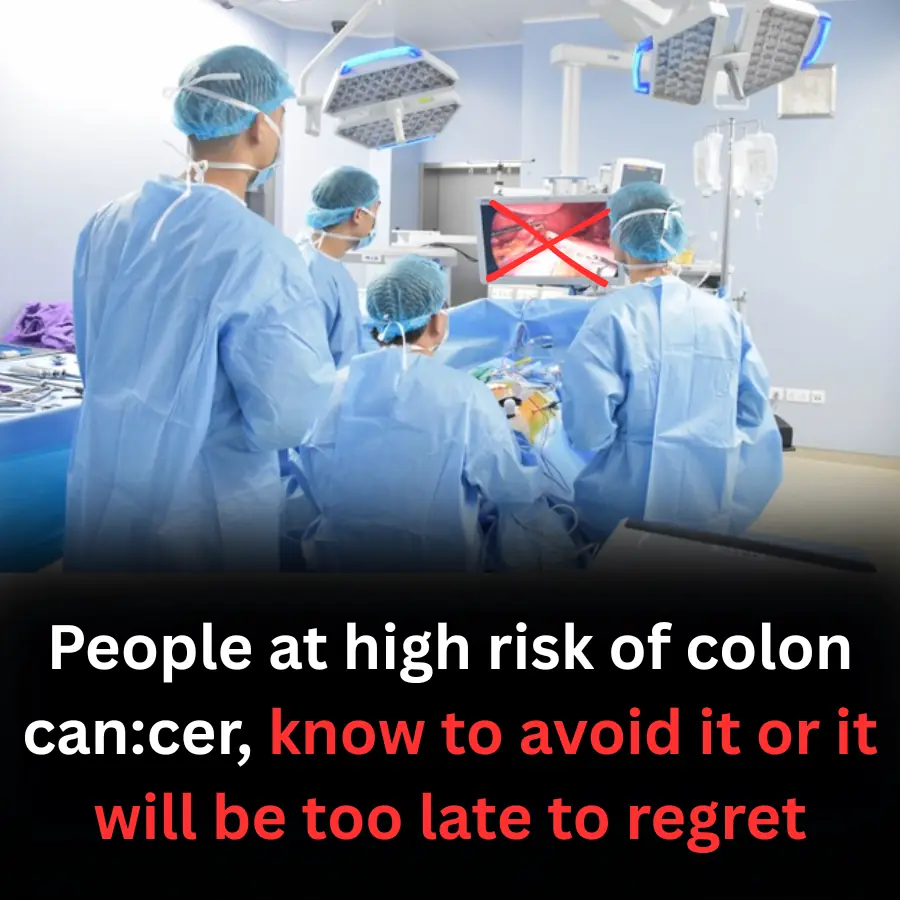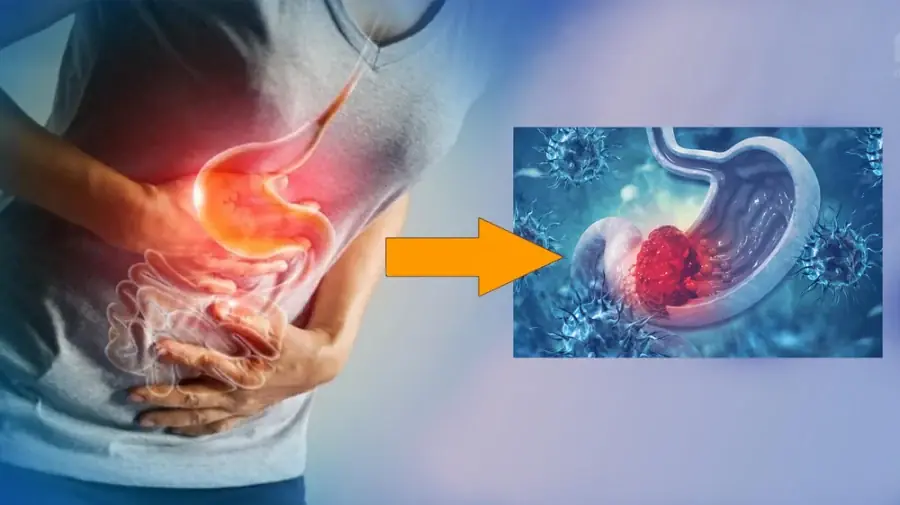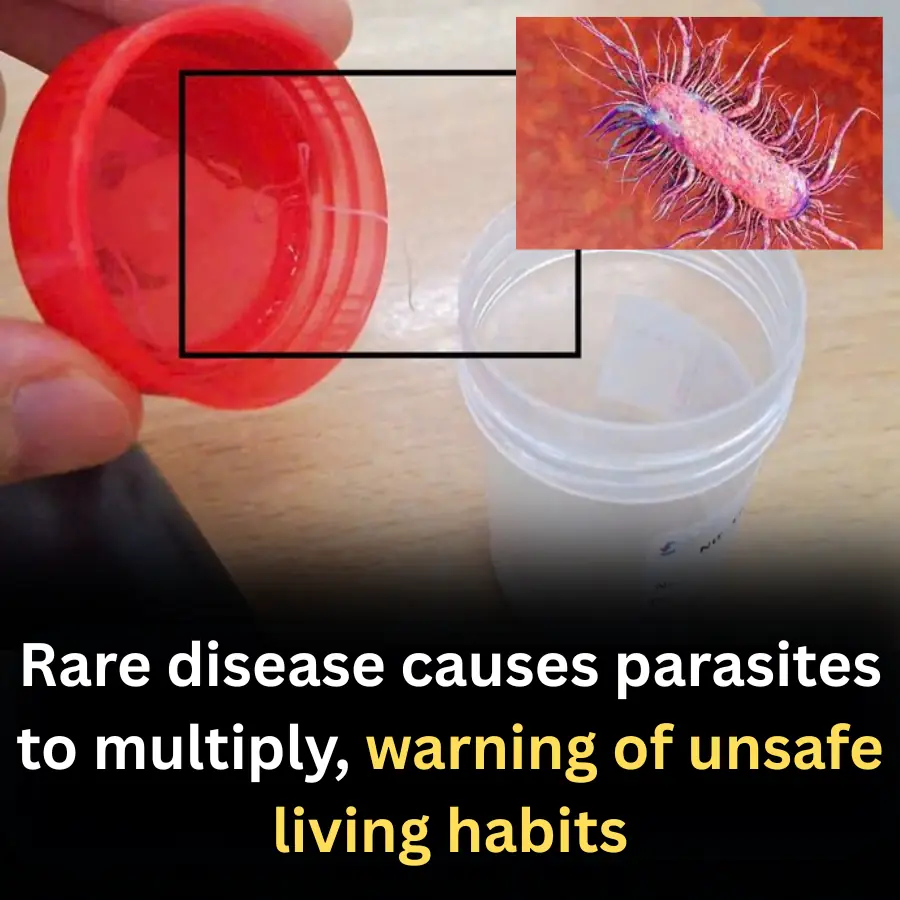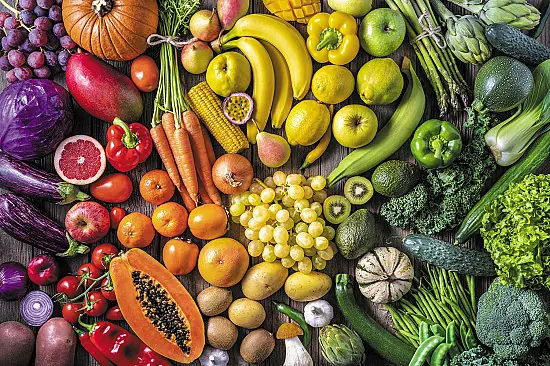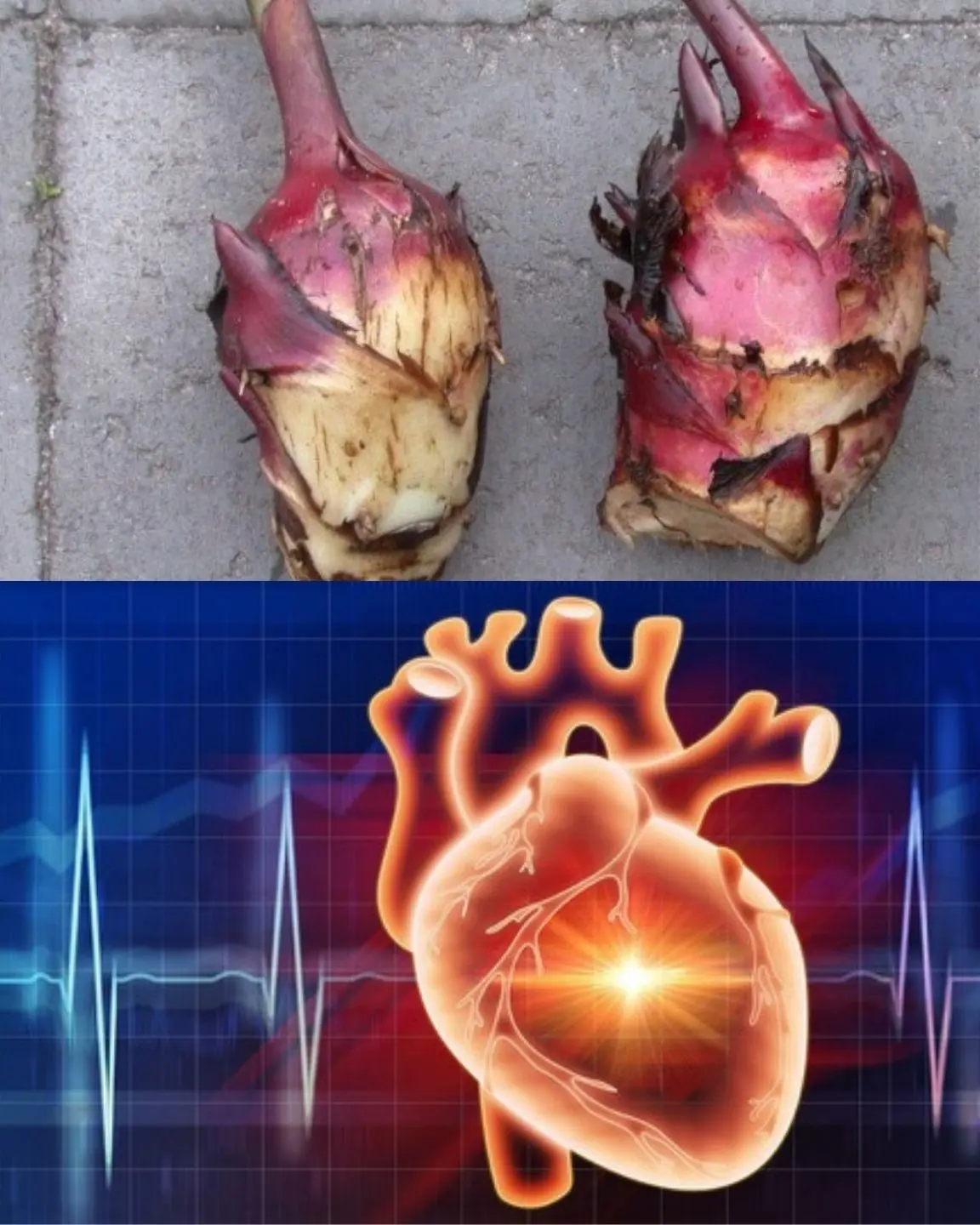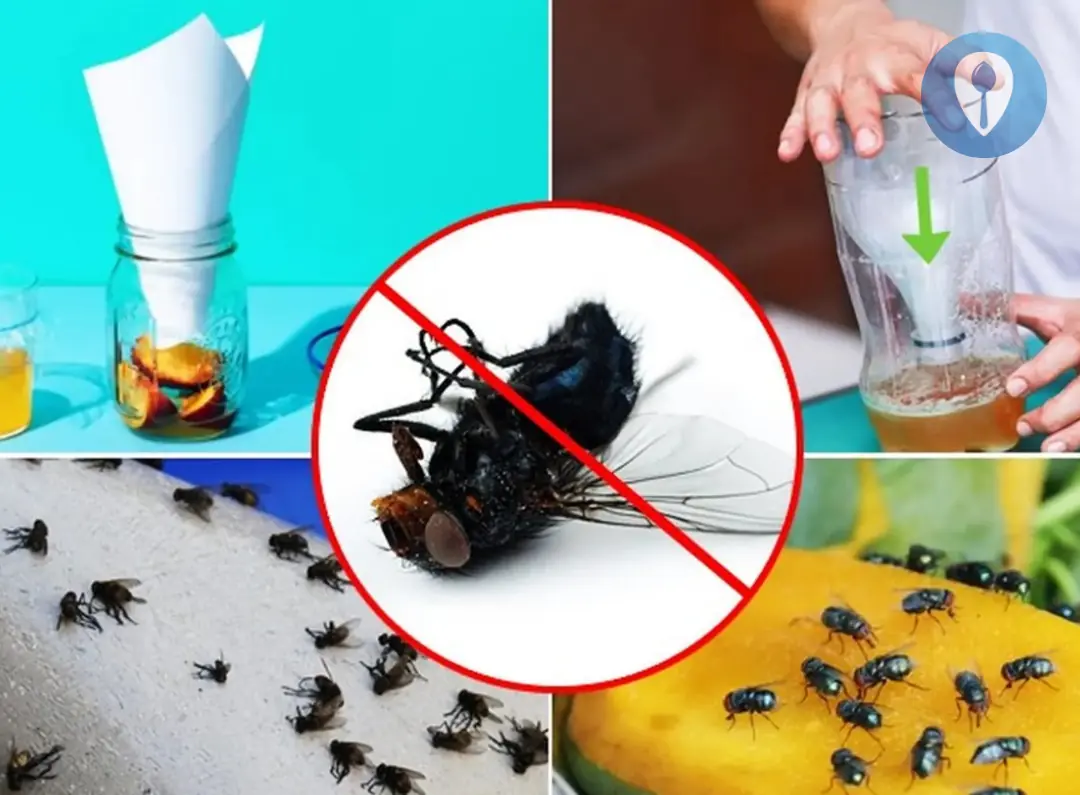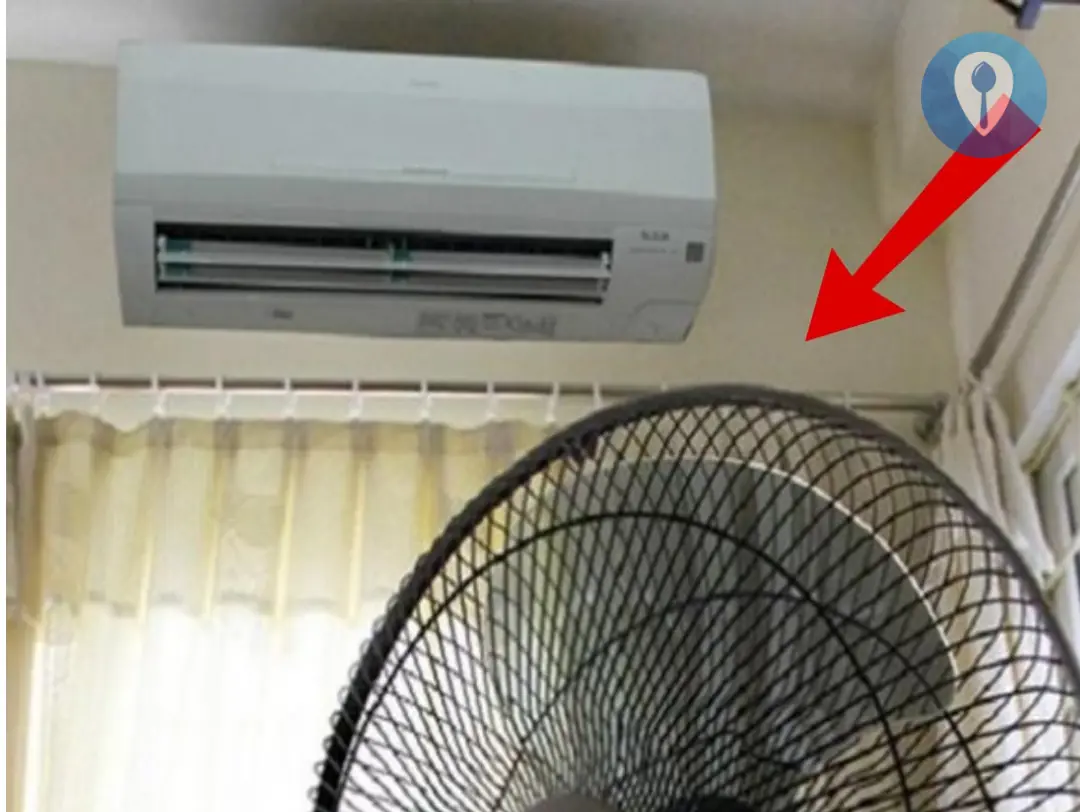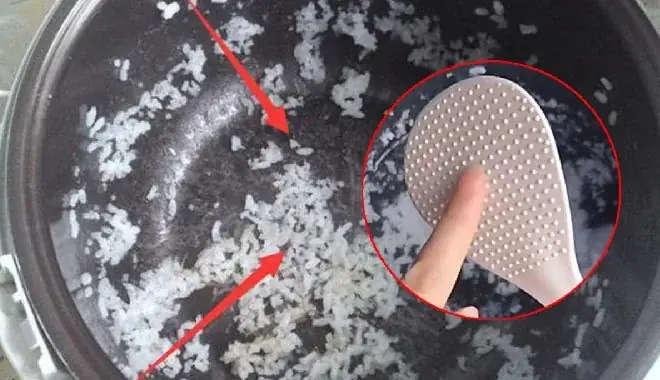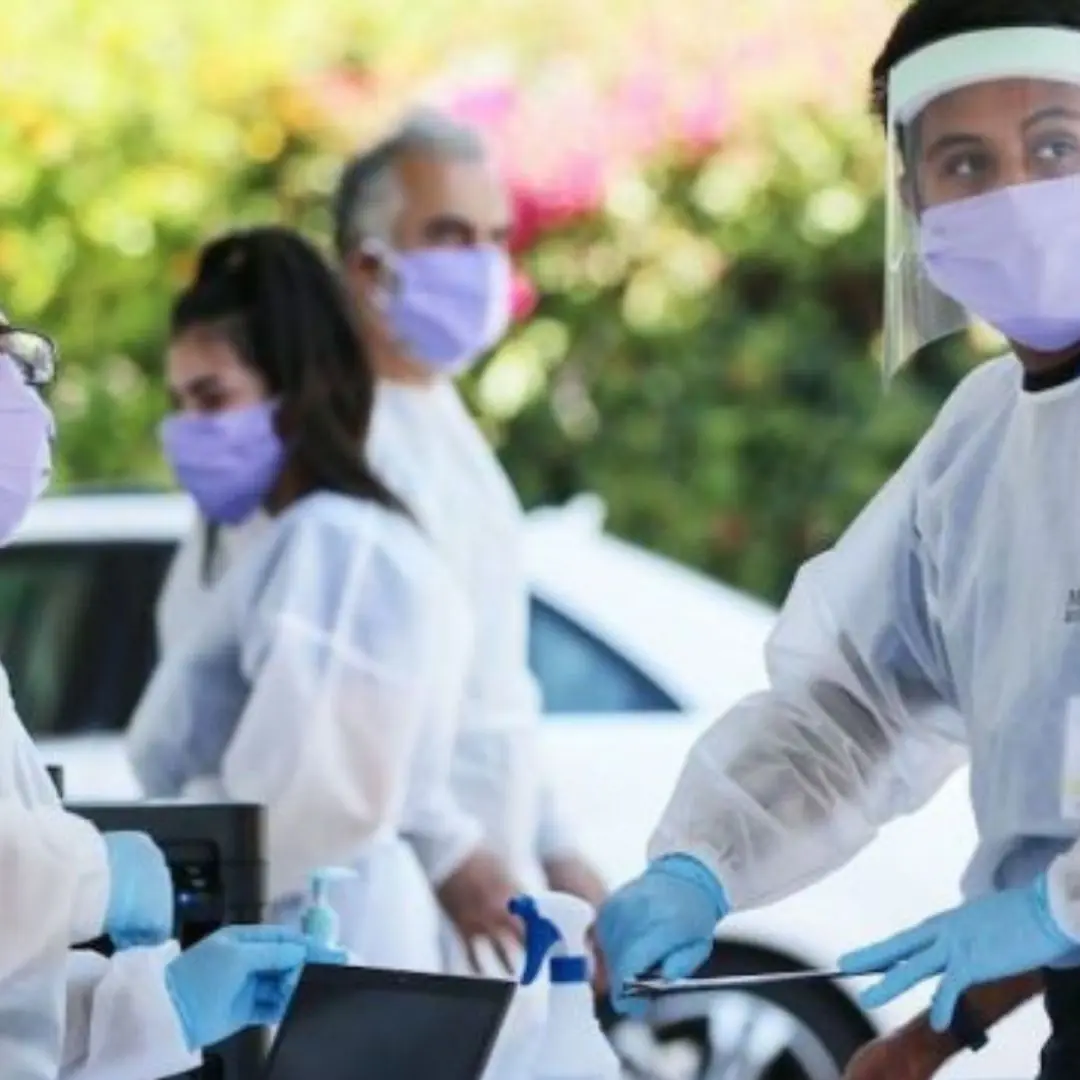38-Year-Old Man with Sto.mach Can.cer Warns: 3 Leftover Foods in Your Fridge Could Be Can.cer Triggers
Just because it’s in the fridge doesn’t mean it’s in a safe deposit box!
After working overtime for three months straight, 38-year-old programmer Zhang Wang from China suddenly vomited blood and collapsed at his office. The words “poorly differentiated adenocarcinoma” on his endoscopy report came as a devastating blow. Zhang, a tech expert who neither smoked nor drank, was left in shock.![]()
When doctors reviewed Zhang’s food delivery history and fridge photos stored on his phone, one of them sighed and said:
“Putting food in the refrigerator doesn’t mean you’re locking it in a safe.”
Here are three common foods that, when improperly stored for too long in the fridge, may increase cancer risk—based on his case.
1. Overnight Salads: A Bacterial Breeding Ground
Cold dishes like overnight salads—especially those with high water content like black fungus mushrooms or pickled cucumbers—may seem harmless when stored in the fridge. However, if left in refrigeration for over 12 hours, the bacteria Listeria monocytogenes can multiply significantly.
Listeria can survive and even reproduce at refrigerator temperatures (around 4°C/39°F), leading to anything from mild gastroenteritis to life-threatening conditions like meningitis.
Tip: Cold dishes should be eaten immediately after preparation. If there are leftovers, it’s safest to discard them rather than risk contamination.
2. Repeatedly Thawed Meat: A Cancer Catalyst
Every time meat is removed from the freezer and thawed, it releases a large amount of cell fluid. This moist surface is the perfect environment for bacteria like Staphylococcus aureus and Clostridium botulinum to thrive.
These bacteria produce heat-resistant toxins that don’t get fully destroyed during cooking. Consuming such meat repeatedly can cause chronic gastritis, which over time may evolve into precancerous gastric lesions.
Tip: Only defrost the portion you plan to use. Never refreeze meat that’s already been thawed.
3. Moldy Fruit: Aflatoxin Bombs
Many people believe they can just cut off the moldy part of fruit and still eat the rest. In reality, once mold is visible, the mycotoxins and mold filaments have already spread throughout the fruit.
A single moldy apple, for example, can produce enough patulin to contaminate other fruits nearby—even if they appear fine. Patulin and aflatoxins are potent carcinogens and cannot be completely eliminated by boiling, even at 100°C for 20 minutes.
Tip: At the first sign of mold, discard the entire fruit. Don’t take risks with your health.
Fridge Safety Tips to Help Prevent Cancer
The refrigerator is one of the most important appliances for preserving food—but only when used correctly. Here’s how to use it safely and effectively:
1. Separate Raw and Cooked Foods
Store ready-to-eat and cooked foods on the top shelf and raw meats on the bottom to avoid cross-contamination. Use plastic wrap or sealed containers to prevent meat juices from dripping onto other items.
2. Maintain Safe Temperature Zones
Keep your fridge below 4°C (39°F) and your freezer at or below -18°C (0°F). Check temperatures regularly with a thermometer, especially in summer months or during power fluctuations.
Note: Avoid storing dairy products on the fridge door, as temperatures fluctuate more in this area.
3. Clean and Disinfect Regularly
Wipe down rubber door seals with 70% alcohol once a month. Every quarter, empty and defrost your fridge completely and dispose of old water. If your home loses power for more than 4 hours, all frozen items should be thoroughly cooked at high heat before consumption.
Final Thought
Zhang Wang’s story serves as a sobering reminder: a clean lifestyle doesn't just mean avoiding cigarettes or alcohol—it also means being vigilant about what and how you eat, especially when it comes to stored food.
Don’t assume food is safe just because it’s cold.
Make conscious decisions with your fridge, and it might just help you avoid serious health consequences.
